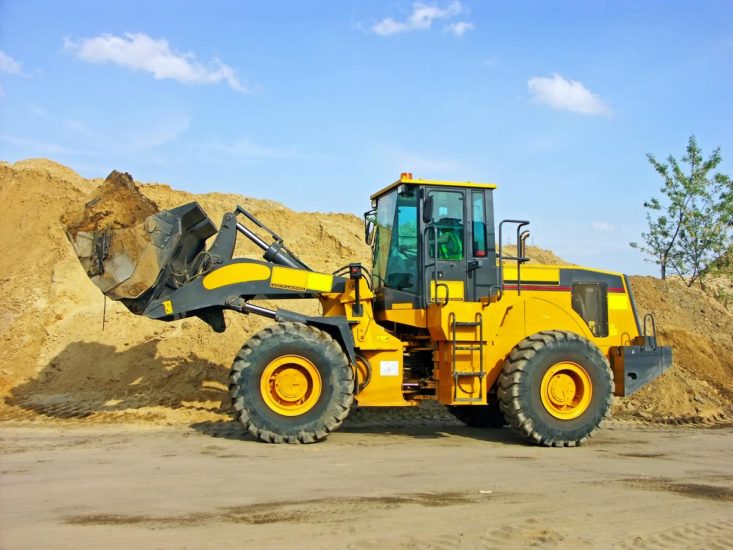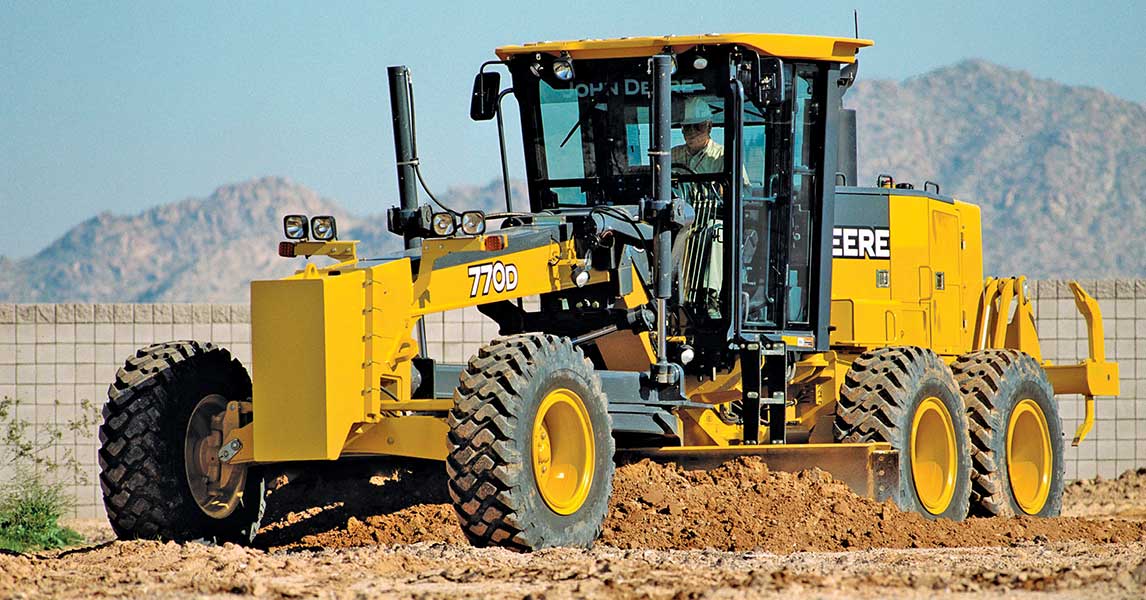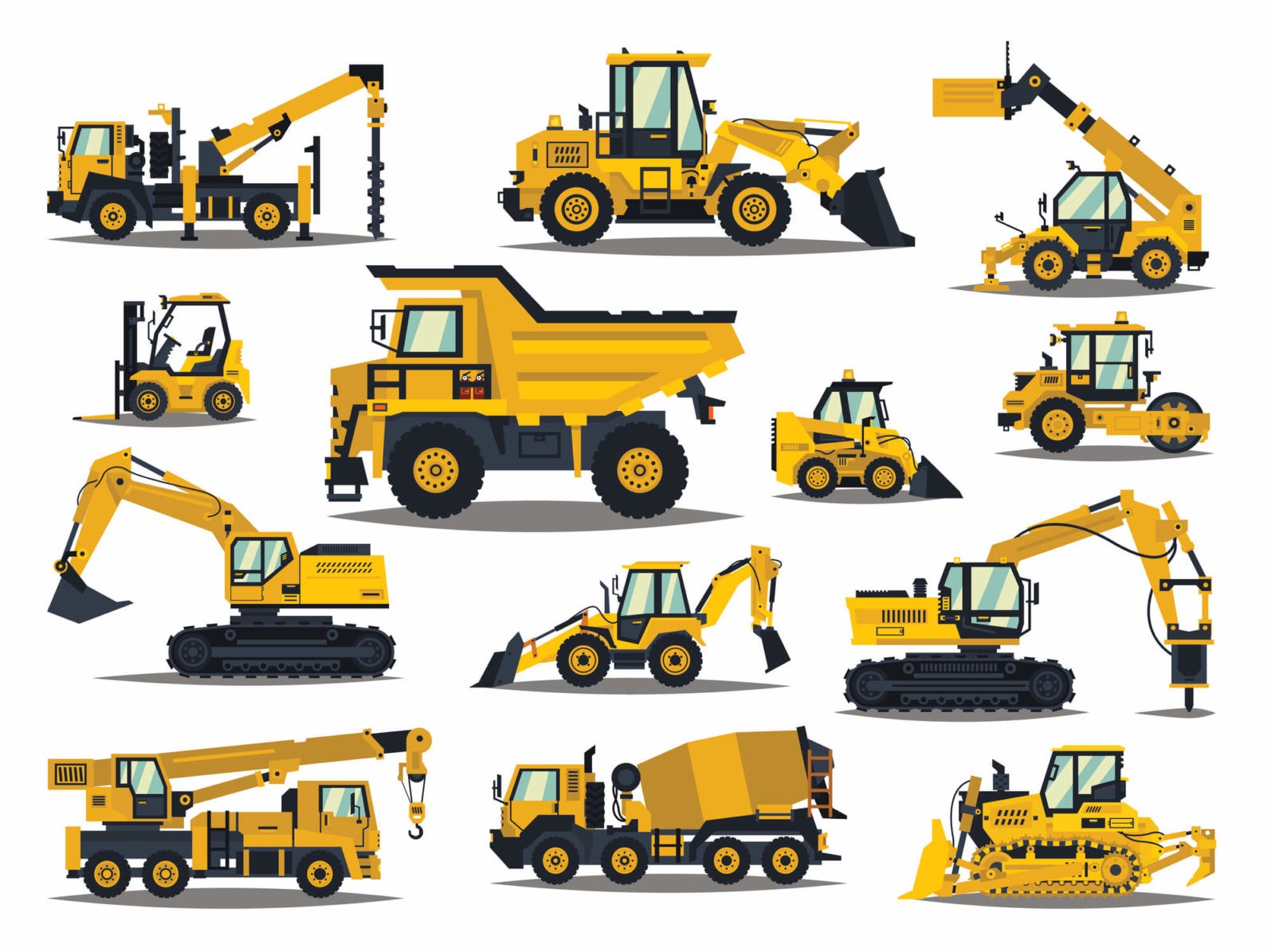Heavy Equipment Rental: High-Quality Machinery for Rent
Heavy Equipment Rental: High-Quality Machinery for Rent
Blog Article
Leasing Vs. Buying Building And Construction Equipment: Making the Right Option for Your Job
When embarking on a building and construction task, one of the critical decisions that predict stakeholders and managers deal with is whether to get or lease construction equipment. The choice pivots on different aspects such as expense considerations, task duration, tools upkeep, scalability, threat, and versatility management.
Price Considerations
Renting out equipment frequently calls for lower initial payments compared to buying, making it an appealing choice for short-term tasks or professionals with budget restraints. In the lengthy run, continuously renting out tools can collect greater expenses than acquiring, specifically for extensive jobs.
On the various other hand, getting construction devices includes higher in advance prices however can lead to lasting savings, especially for regular users or long-lasting tasks. Possessing tools gives flexibility, comfort, and the capacity for resale worth once the job is finished. Additionally, owning tools allows for customization and knowledge with particular equipment, potentially raising performance and performance on-site. Eventually, the decision in between renting out and buying construction tools rests on the task's period, frequency of use, spending plan considerations, and long-term monetary objectives.
Project Duration

Conversely, for lasting jobs or recurring construction job, getting devices might be the more cost-effective option. Buying devices can result in cost savings in the lengthy run, specifically if the equipment will certainly be regularly used. Furthermore, owning devices gives a sense of control over its accessibility and enables modification to fit certain task requirements.

Devices Upkeep
Given the crucial role job duration plays in identifying the most economical approach in between purchasing and renting out building and construction equipment, the focus now moves in the direction of examining the crucial facet of tools maintenance. Proper maintenance is critical for making certain the optimum efficiency and longevity of building and construction equipment. Renting equipment commonly features the benefit of having actually properly maintained machinery supplied by the rental company. This can relieve the burden of maintenance tasks from the task owner or professional, saving time and effort. On the various other hand, possessing tools requires an aggressive approach to upkeep to protect against malfunctions, guarantee safety, and extend the equipment's life expectancy. Normal assessments, servicing, and timely repair services are required to maintain owned tools in top working problem. Consider upkeep costs when determining in between renting and buying, as overlooking maintenance can lead to pricey repair work, downtime, and task hold-ups. Eventually, a well-maintained building and construction equipment fleet, whether rented out or owned, is important for the effective and successful completion of building tasks.
Flexibility and Scalability
In the world of building and construction tools management, the facet of flexibility and scalability holds considerable significance for project effectiveness and resource application. Opting to rent building and construction tools offers a high level of versatility as it enables the fast adjustment of tools kinds and quantities based on the developing requirements of a project. Renting enables specialists to access a wide variety of specific devices that might be required for specific jobs without the long-term dedication of possession. This adaptability is especially advantageous for tasks with differing requirements or unclear durations (mini excavator rental).
In addition, scalability, an additional vital variable, is inherently connected to versatility. Leasing construction devices supplies the benefit of easily scaling operations up or down as task demands rise and fall. Specialists can quickly add or exchange equipment to match the project's transforming demands without the restraints of having possessions that may become underutilized or obsolete. This capability to range resources successfully can result in price financial savings and improved project timelines, making leasing a beneficial choice for projects requiring flexibility and receptive source allowance.
Risk Management
Efficient threat management in construction equipment procedures is critical to ensuring project success and mitigating potential economic losses. Building tasks naturally entail various dangers, such as equipment breakdowns, crashes, and project hold-ups, which can dramatically influence the task timeline and budget. By meticulously thinking about the risks connected with owning or renting building tools, task managers can make educated choices to reduce these prospective risks.
Leasing construction devices can supply a level of threat mitigation by moving the responsibility of repair and maintenance to the rental firm. This can lower the economic concern on the task proprietor in advice instance of unforeseen equipment failings (boom lift rental). Additionally, renting provides the adaptability to accessibility specialized equipment for certain job stages, reducing the threat of possessing underutilized machinery
On the various other hand, possessing building and construction tools provides a sense of control over its use and upkeep. Nonetheless, this additionally means bearing the full duty for fixings, maintenance expenses, and depreciation, boosting the financial threats linked with equipment ownership. Mindful threat analysis and consideration of variables such as project period, equipment use, and upkeep demands are critical in identifying one of the most appropriate alternative for reliable danger management in building jobs.
Verdict
To conclude, when choosing in between getting and leasing building and construction tools, it is necessary to take into consideration heavy machinery manufacturers expense, job duration, devices maintenance, scalability, threat, and flexibility monitoring. Each element plays a critical duty in identifying one of the most ideal choice for the task handy. By carefully reviewing these facets, job supervisors can make an informed choice that straightens with you can try this out their budget plan, timeline, and overall job objectives.

Report this page